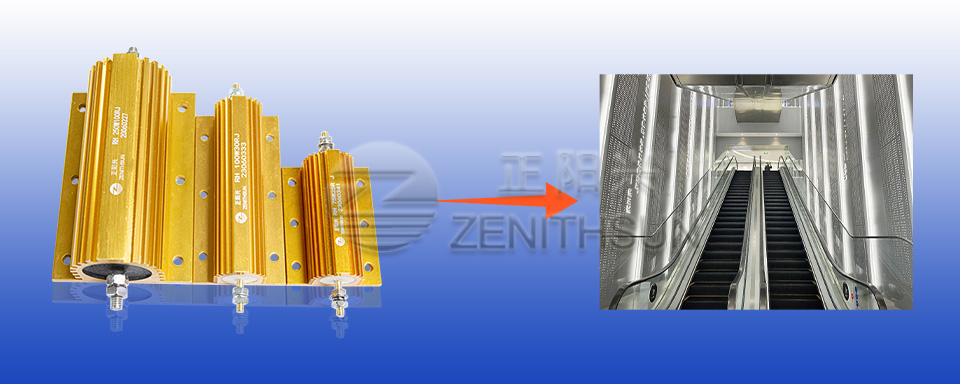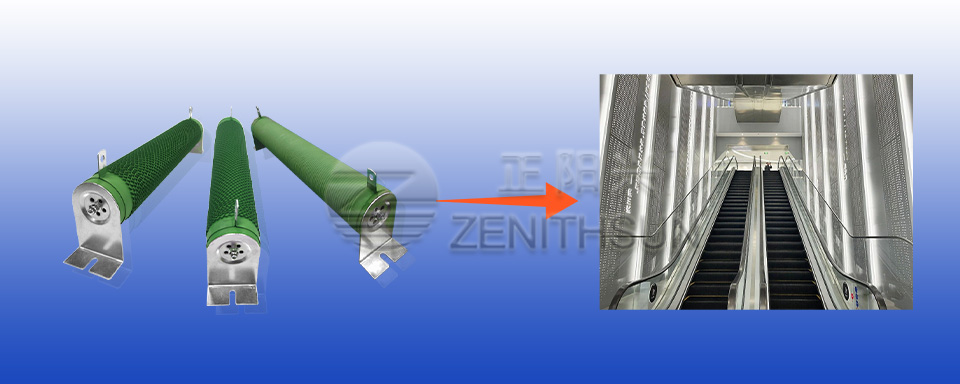The world of elevators is constantly evolving to ensure safety, reliability, and energy efficiency. Braking resistors are playing a crucial role in shaping this transformation, offering innovative solutions in the elevator industry.As elevators carry out frequent cycles of acceleration and deceleration, the need for reliable braking systems becomes paramount. Braking resistors are at the forefront of addressing this challenge, providing essential functions in controlling the speed, ensuring smooth stops, and preventing excessive wear and tear on elevator components.
One of the key applications of braking resistors in elevators is regenerative braking. When an elevator descends or slows down, it generates excess kinetic energy. Instead of dissipating this energy as heat, regenerative braking systems harness it and convert it into electrical energy. Braking resistors play a critical role in absorbing and dissipating this surplus energy, contributing to energy savings and environmental sustainability.Furthermore, braking resistors enhance safety by facilitating precise control over the elevator’s movements. In emergency stop scenarios, they help to rapidly and securely bring the elevator to a halt, mitigating potential risks and ensuring passenger safety.
In addition to safety and energy efficiency, braking resistors also contribute to extending the lifespan of elevator components. By reducing the strain on mechanical and electrical systems during braking, they help to minimize maintenance requirements and enhance the overall reliability of elevators.To meet the evolving demands of the elevator industry, manufacturers are continuously advancing braking resistor technology. The development of compact, high-performance resistors enables seamless integration into modern elevator systems, optimizing space utilization while delivering enhanced performance.








